Carrying items on your bike’s rear rack basket is incredibly convenient, whether you’re commuting, grocery shopping, or enjoying a leisurely ride. However, anyone who’s used a Bike Rear Rack Basket knows the struggle of items bouncing around, shifting, or even falling out. Fortunately, with a few simple DIY solutions, you can enhance your bike rear rack basket for a more secure and rattle-free experience.
One of the primary issues with bike rear rack baskets is the lack of padding. Hard metal or wire baskets offer little to no cushioning, leading to items getting damaged and creating unnecessary noise. A great solution, as suggested by experienced cyclists, is to add closed-cell foam padding.
Padding Your Bike Rear Rack Basket
Closed-cell foam is an excellent material for padding due to its durability, water resistance, and shock-absorbing properties. For a robust and long-lasting solution, consider Minicel T600 foam. This high-density foam is designed for heavy-duty use and is thinner than many other closed-cell foams, allowing you to double up layers for extra cushioning without significantly reducing basket space. Ideally, a 1/2″ thickness is recommended, but if cost is a concern, you can use two layers of 1/4″ foam for comparable padding. You can easily cut this foam to fit the exact dimensions of your bike rear rack basket.
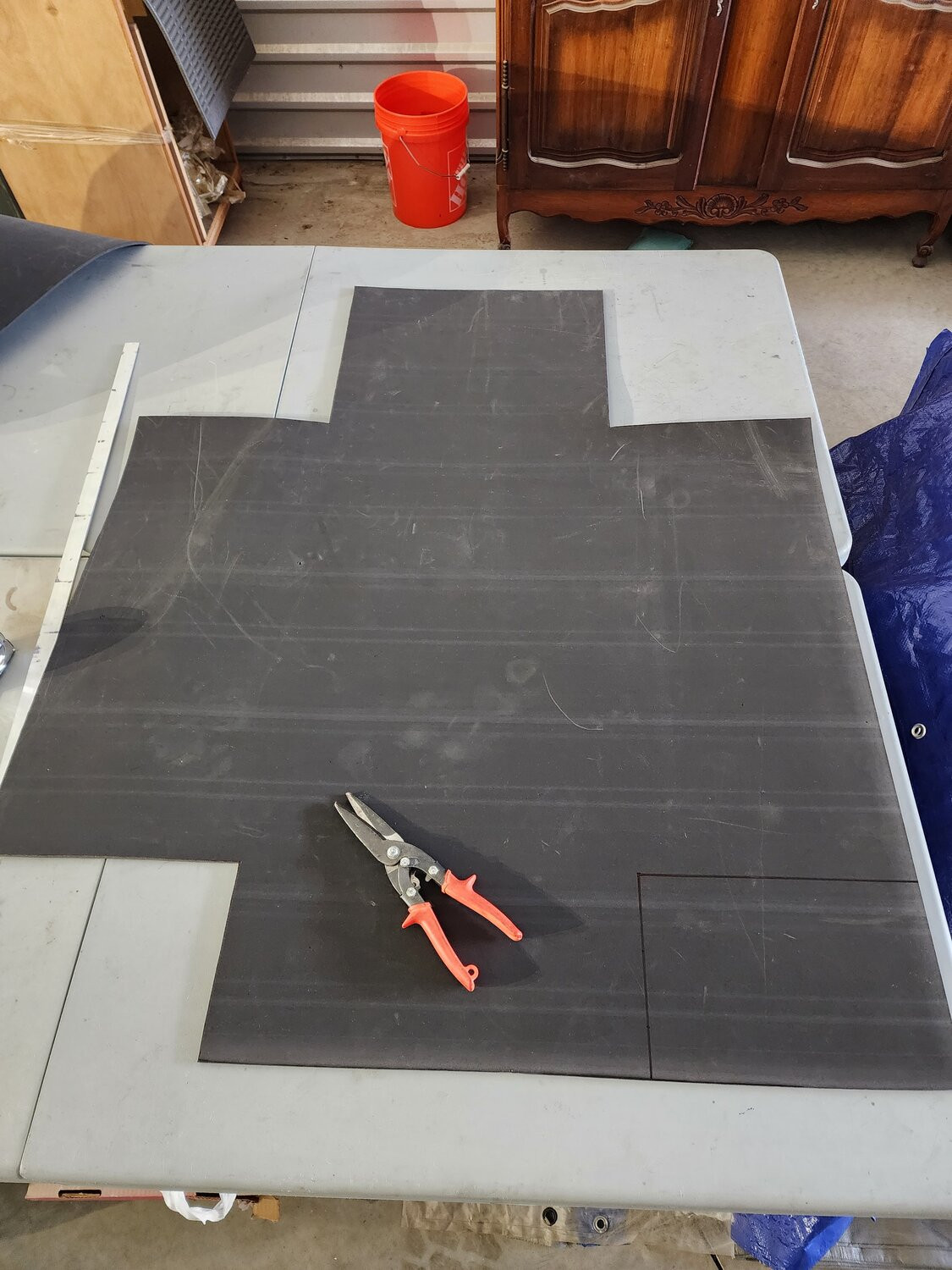 Minicel T600 closed-cell foam padding inside a bike rear rack basket
Minicel T600 closed-cell foam padding inside a bike rear rack basket
For a more budget-friendly alternative, a Therma Rest camping mattress can be repurposed. These mattresses are made from closed-cell foam and are significantly cheaper than specialized foam sheets. Simply cut the mattress to size and shape, and use duct tape to secure it within your bike rear rack basket. While perhaps not as durable as Minicel, it’s a cost-effective way to add padding and reduce vibrations.
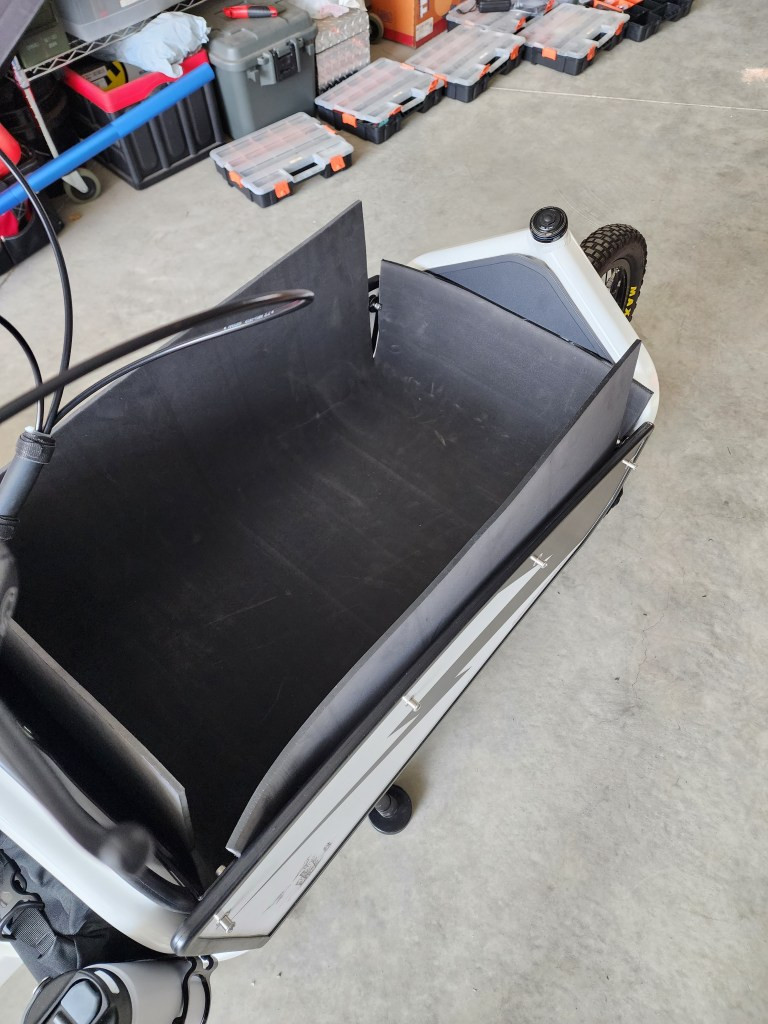 DIY bike rear rack basket padding using a cut-up Therma Rest camping mattress
DIY bike rear rack basket padding using a cut-up Therma Rest camping mattress
Securing Items in Your Bike Basket
Padding is only half the battle. To truly keep your items secure in your bike rear rack basket, especially smaller objects, a liner and a top net are highly recommended. A simple and effective liner can be a drawstring laundry bag. Choose a size that fits snugly inside your basket, or slightly larger, and knot the excess drawstring to tighten it. This prevents items from bouncing out and keeps smaller objects contained.
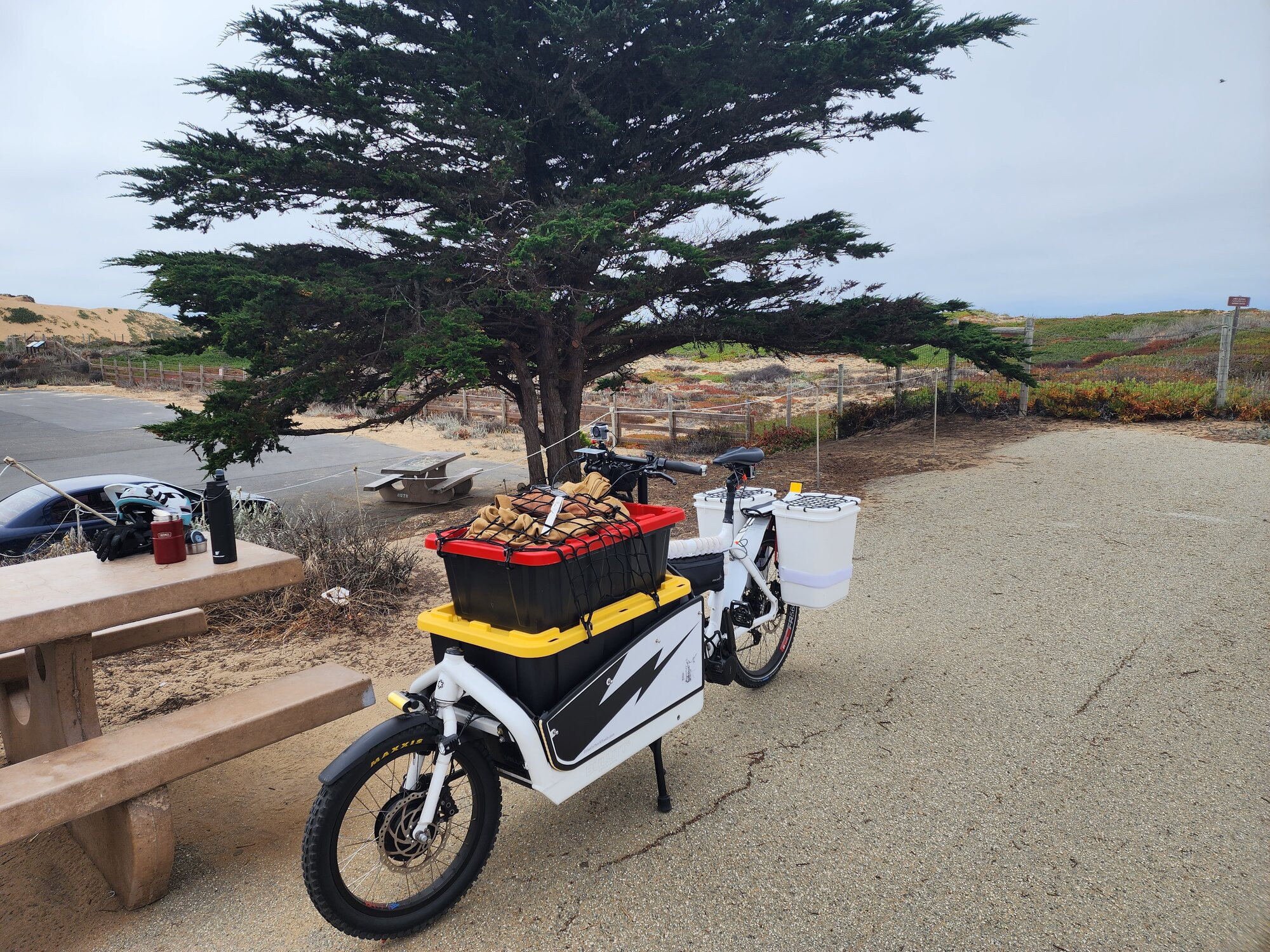 Drawstring laundry bag used as a liner inside a bike rear rack basket
Drawstring laundry bag used as a liner inside a bike rear rack basket
To further secure your cargo, especially for uneven terrain or longer distances, use a net or bungee cords to cover the top of the basket. Bungee nets are readily available and easy to use, providing adjustable tension to hold items firmly in place. Alternatively, you can use individual bungee cords crisscrossed over the basket. This netting system is crucial to prevent items, like water bottles or thermoses, from launching out of the basket when encountering bumps or potholes.
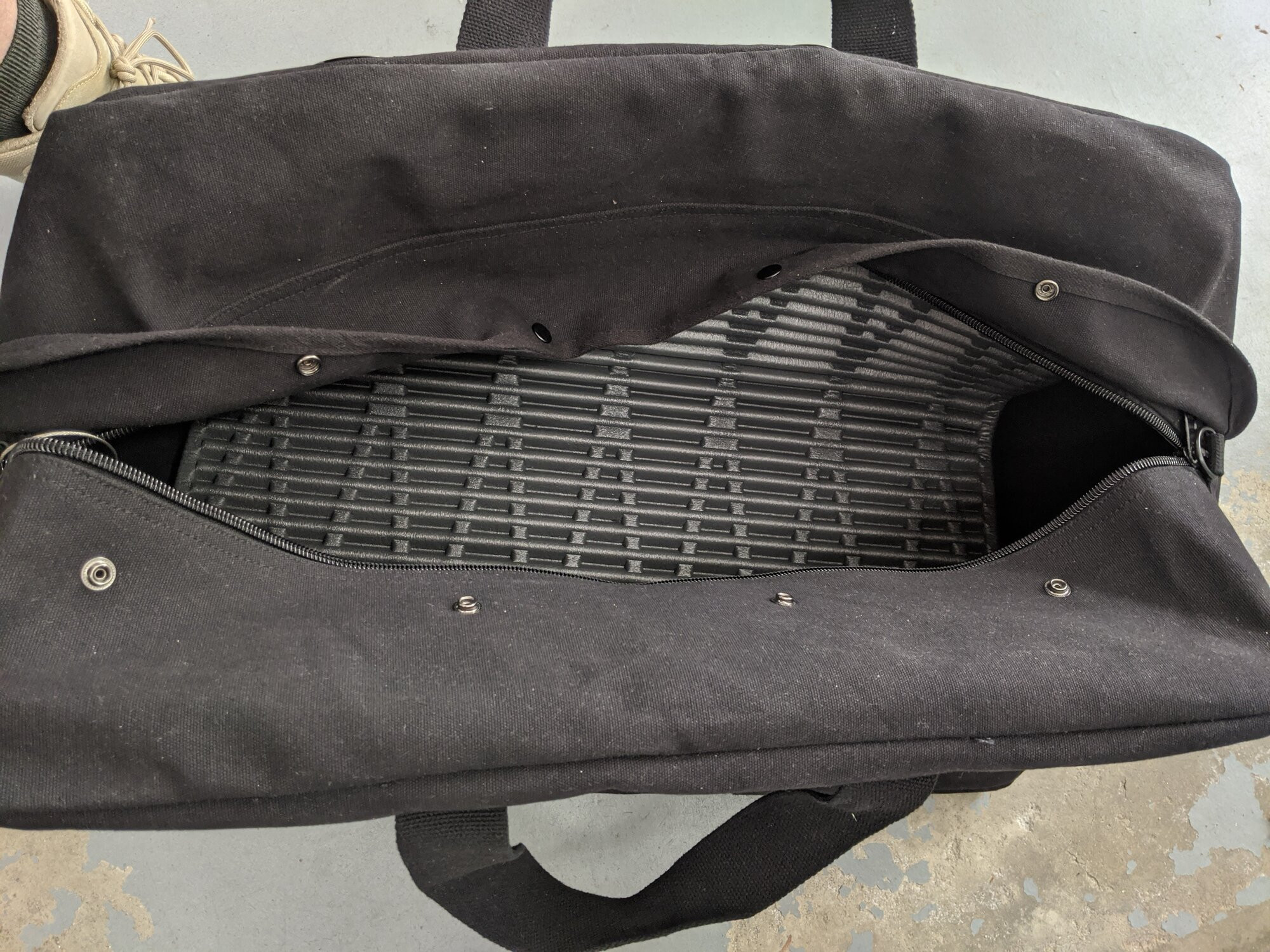 Bungee net securing items in a bike rear rack basket
Bungee net securing items in a bike rear rack basket
Considering Larger Cargo Solutions
For those who frequently carry larger or bulkier items, or simply need more cargo capacity, it might be worth considering expanding beyond a standard bike rear rack basket. DIY cargo bike bags or even hard-shell panniers offer significantly more space and security. There are numerous online resources and tutorials available for creating your own low-cost, high-volume cargo solutions, often using readily available materials. These DIY approaches can provide a much larger and more robust carrying capacity than a simple basket, while still remaining budget-friendly.
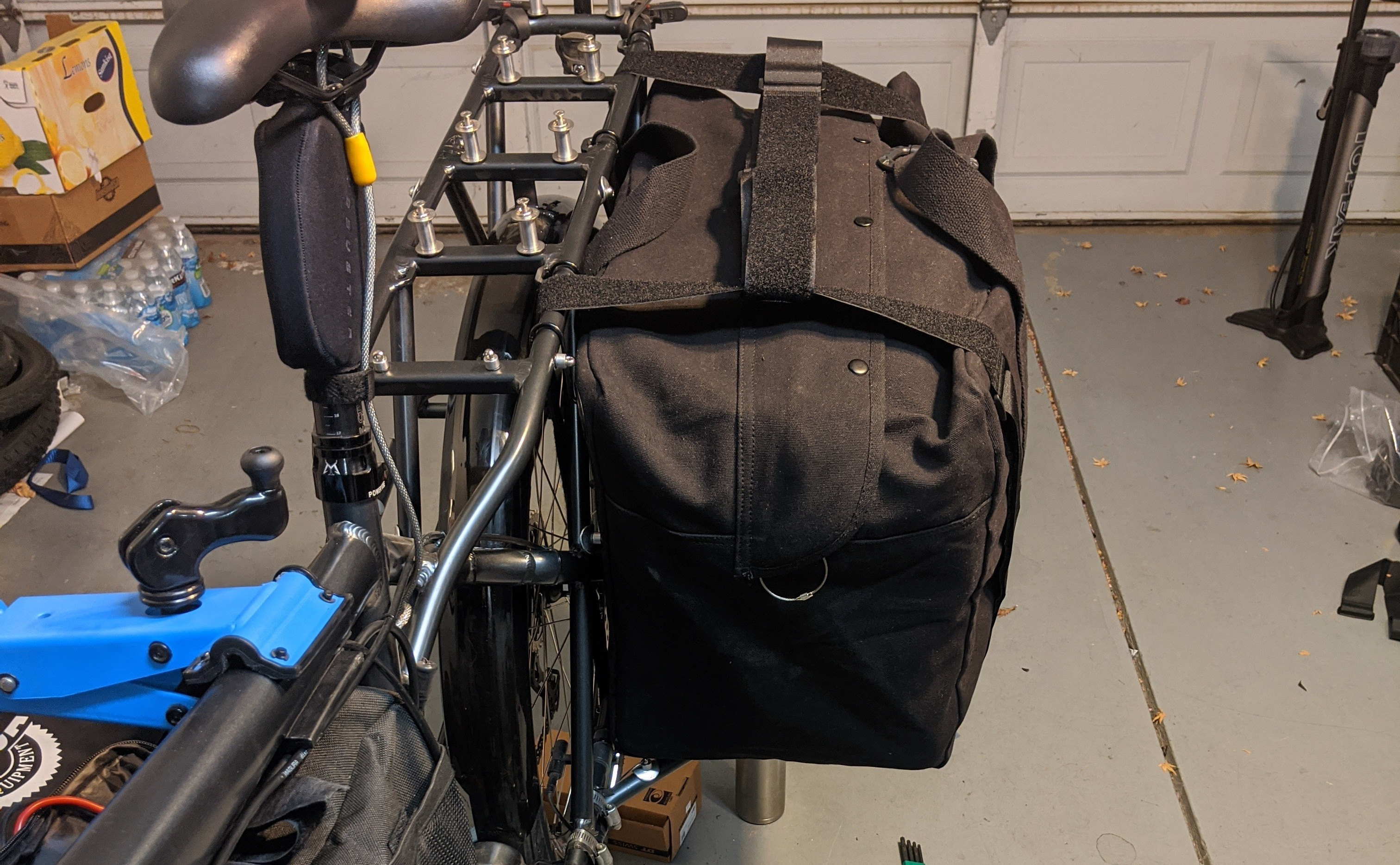 Example of DIY large capacity cargo bike bags
Example of DIY large capacity cargo bike bags
Conclusion
By implementing these simple DIY solutions – padding your bike rear rack basket with closed-cell foam and using a liner and net to secure your items – you can significantly improve the functionality and usability of your bike’s cargo carrying capabilities. These affordable and practical upgrades will lead to a smoother, quieter, and more secure ride, making your bike rear rack basket a truly valuable asset for all your cycling needs.


